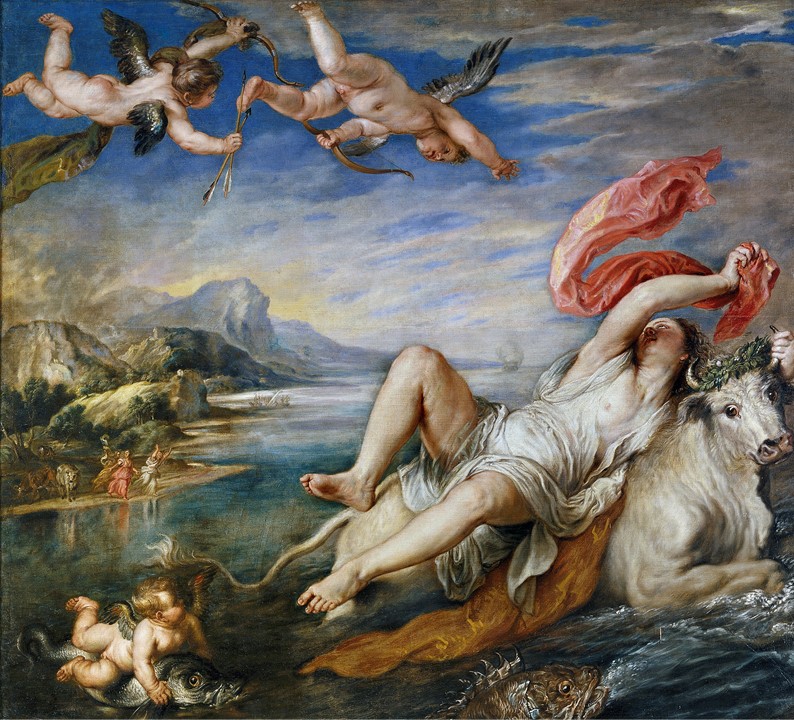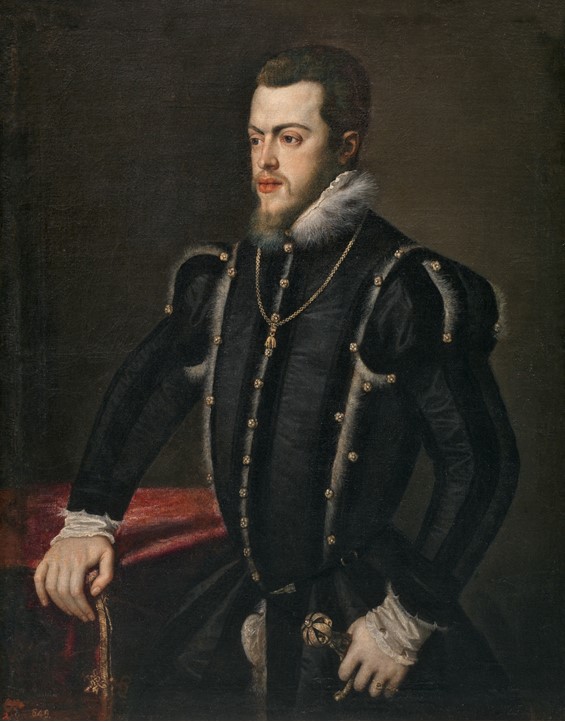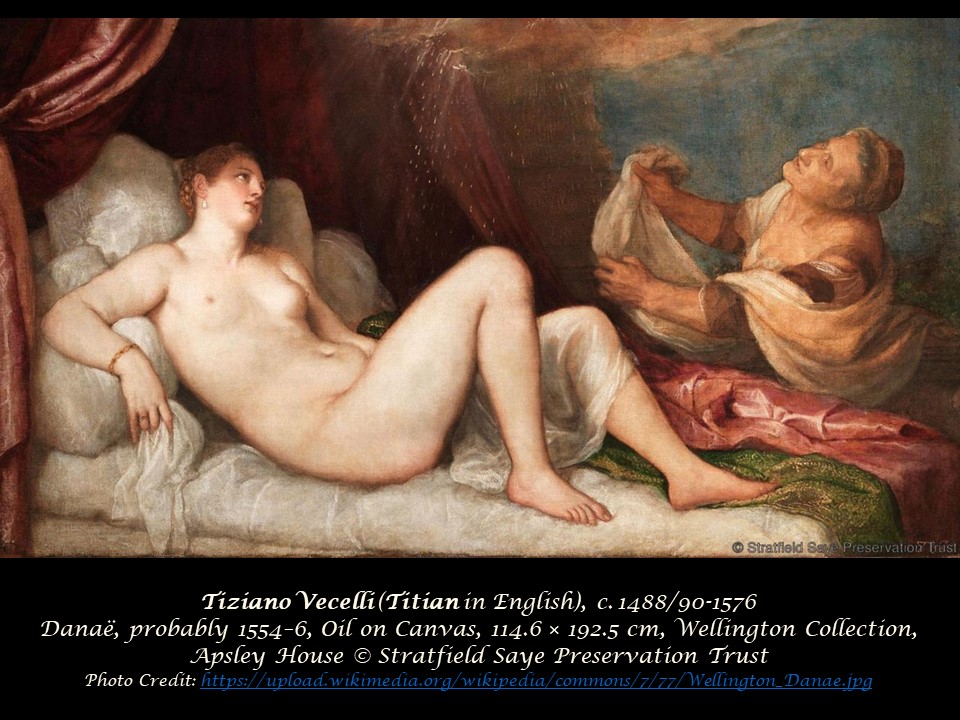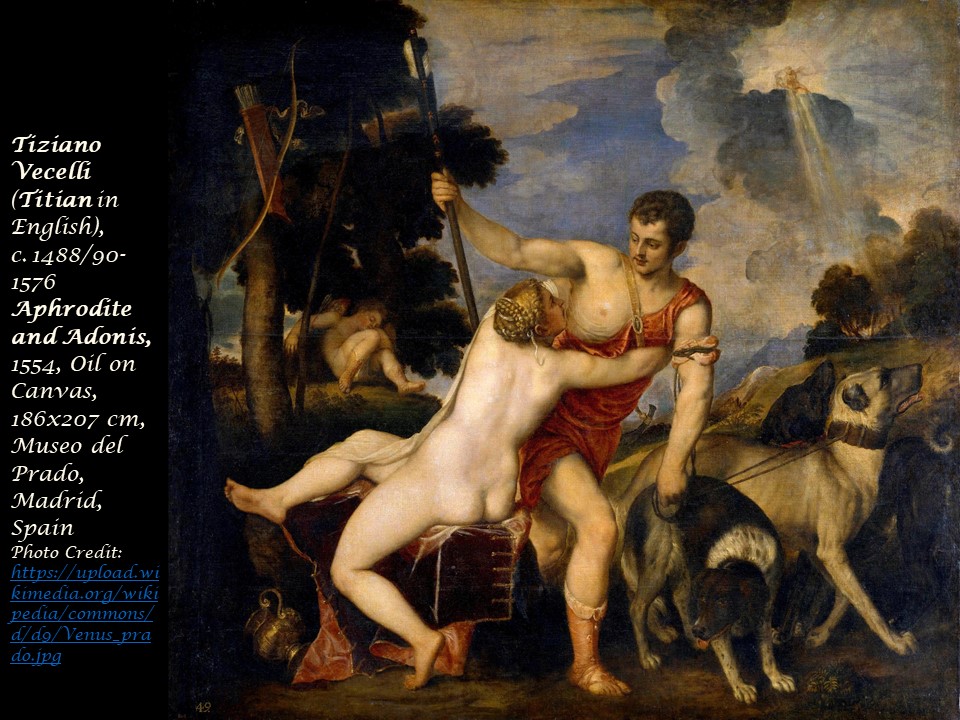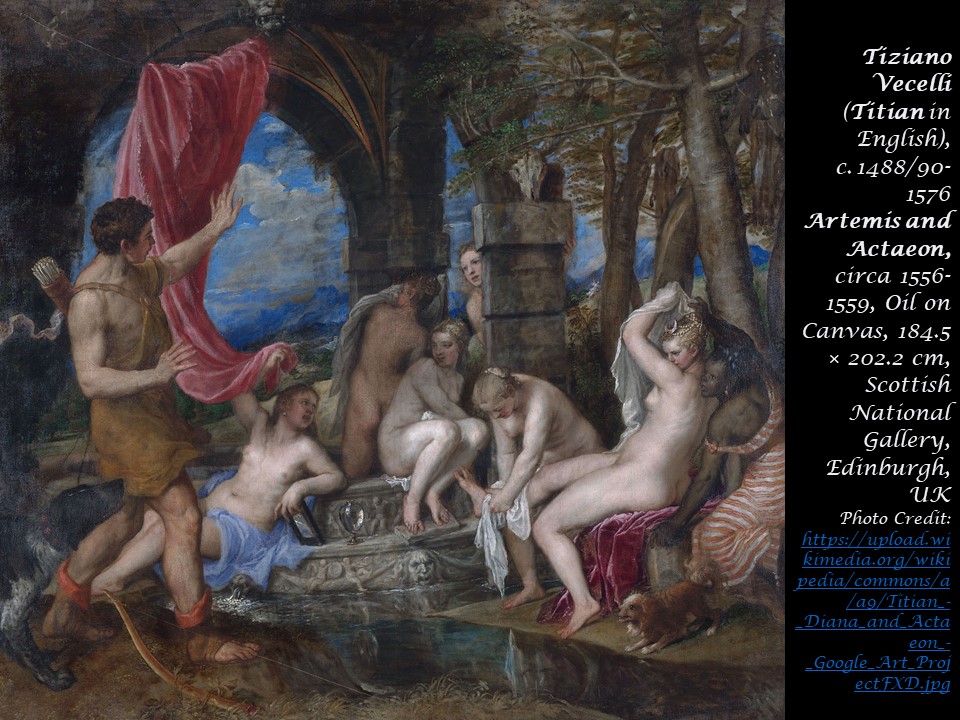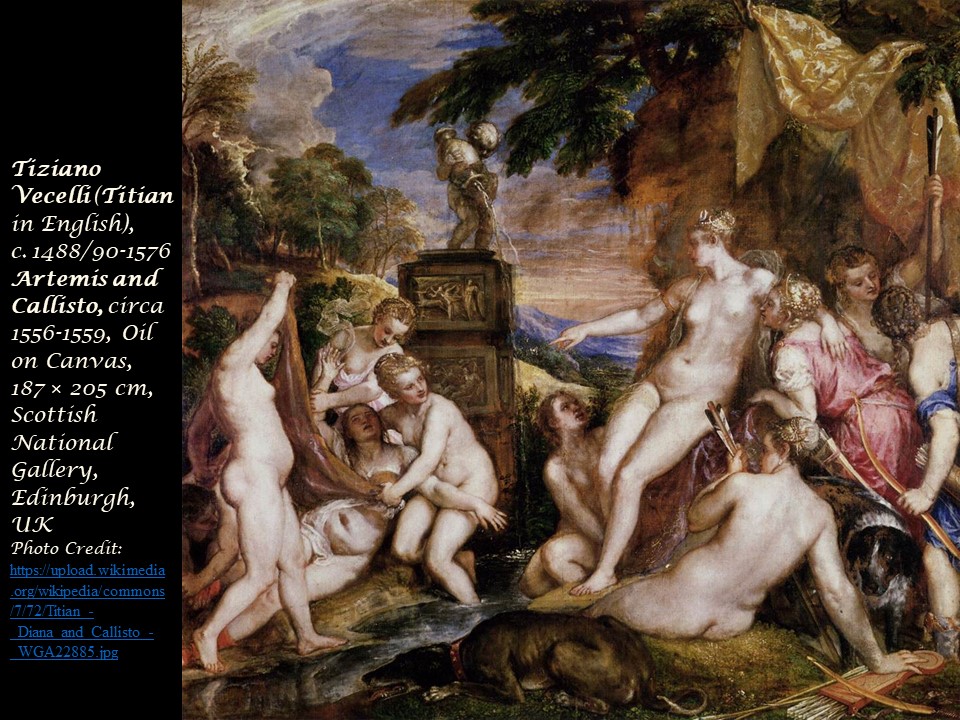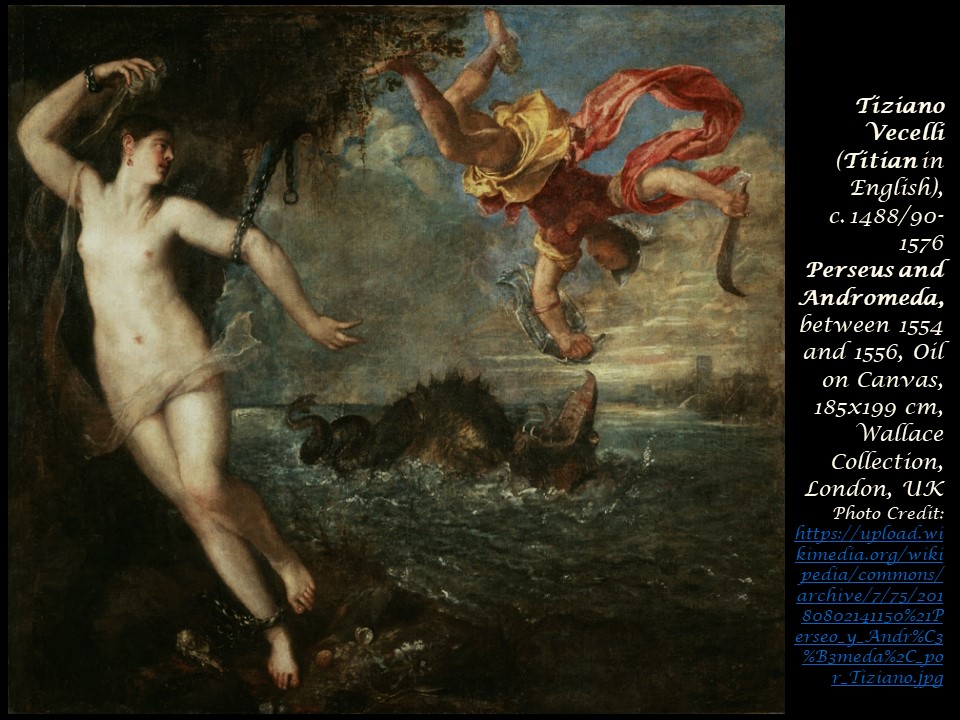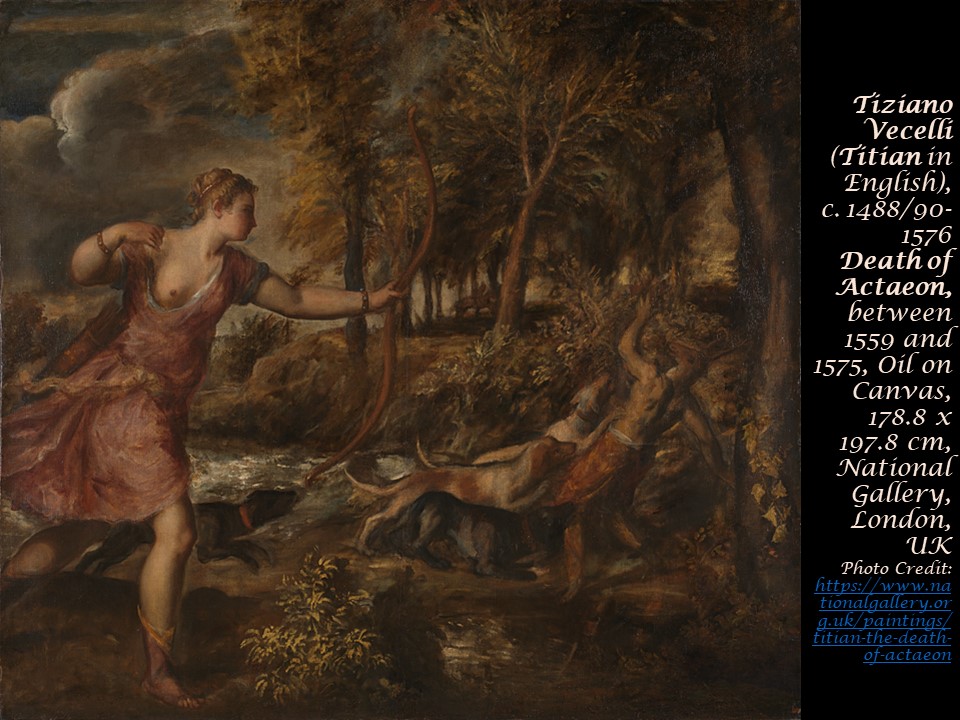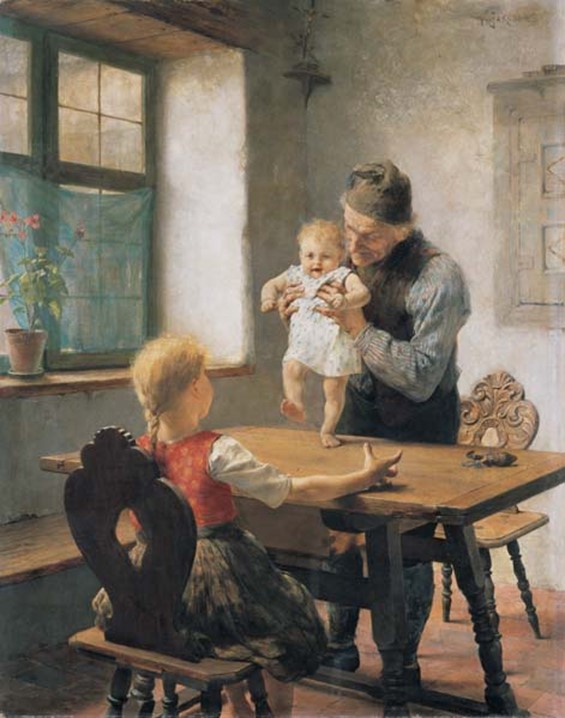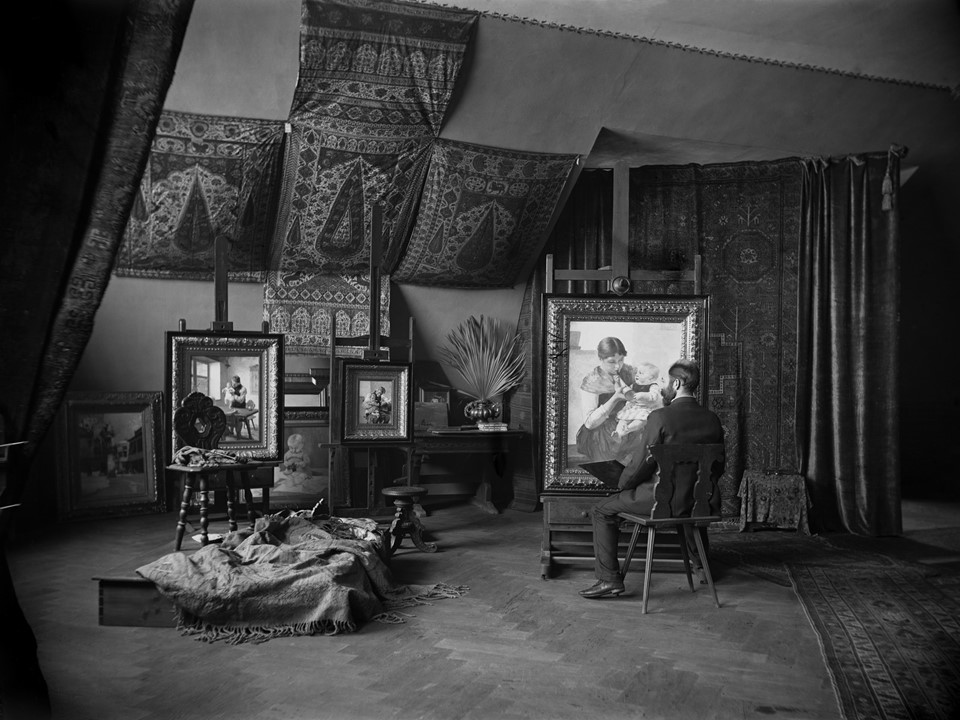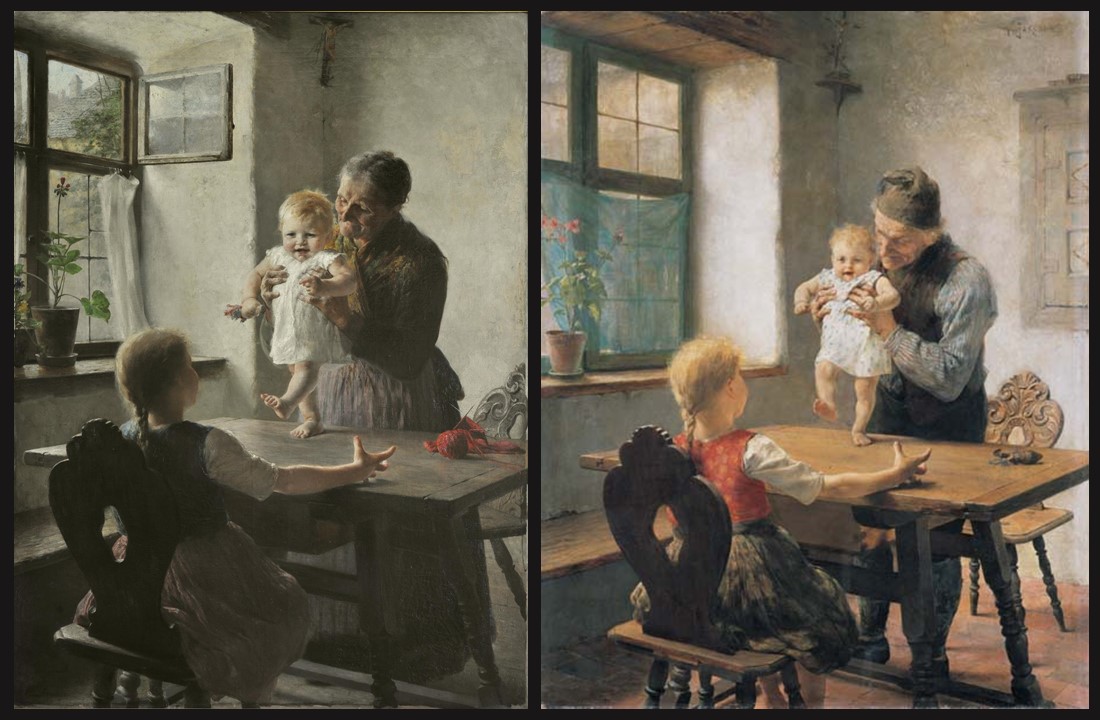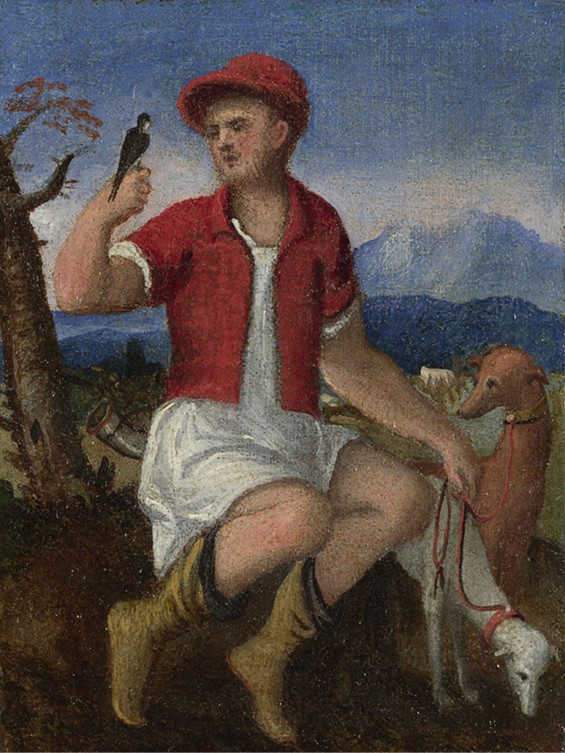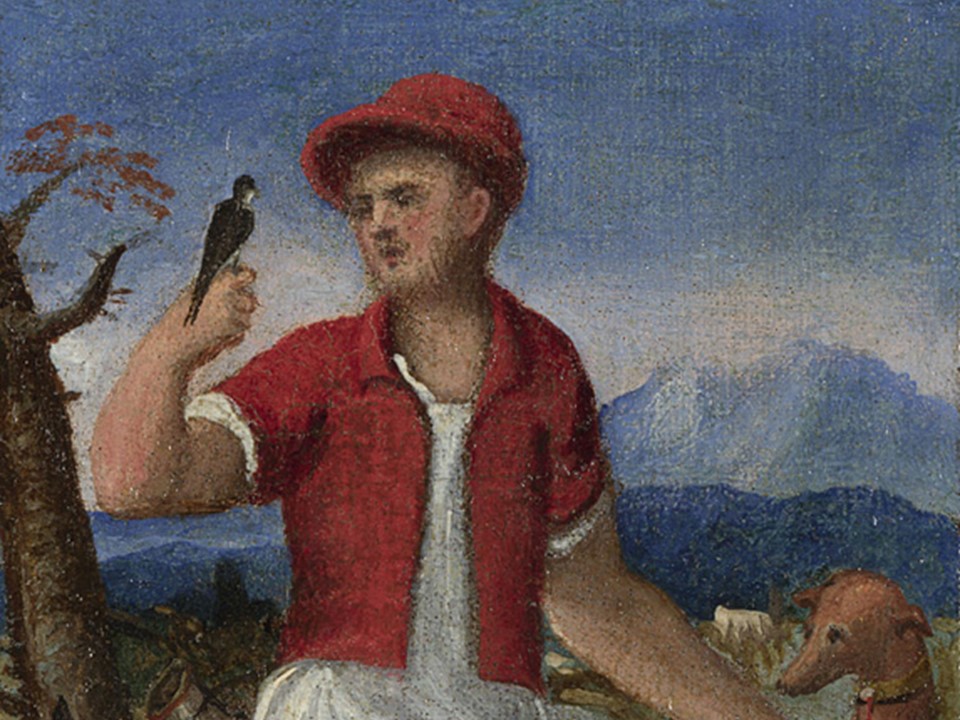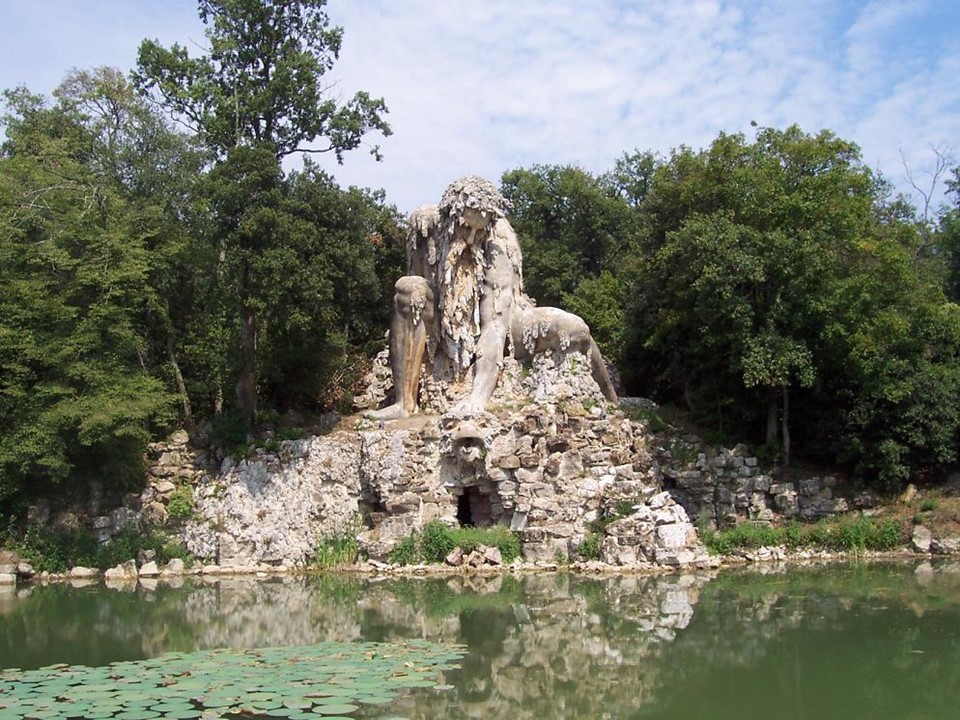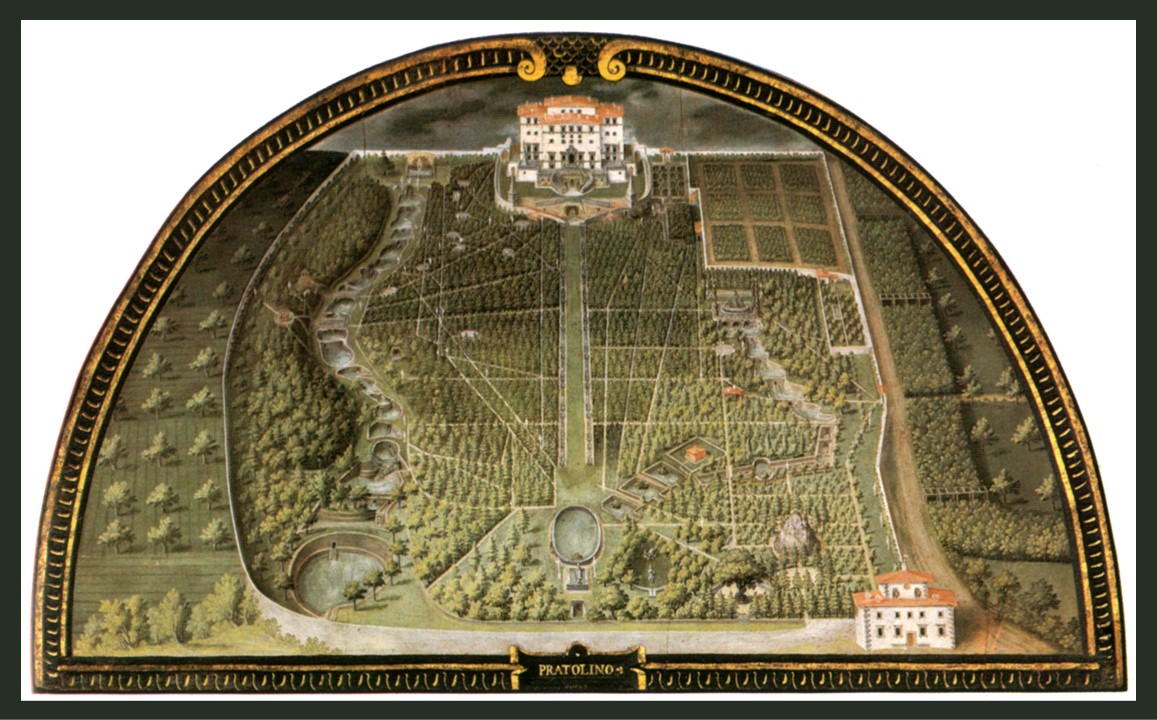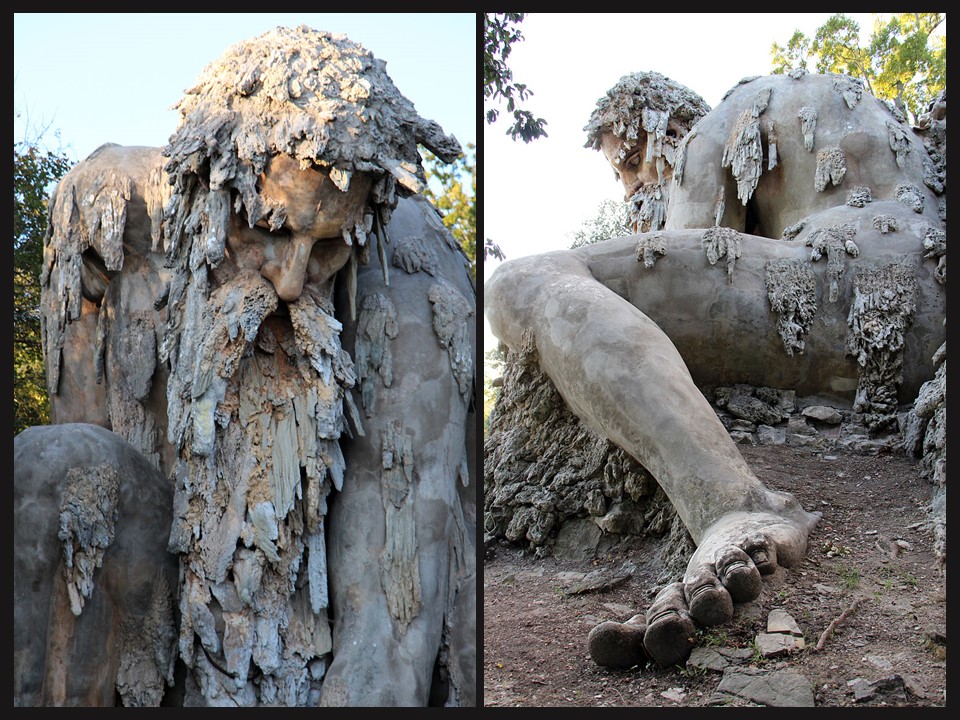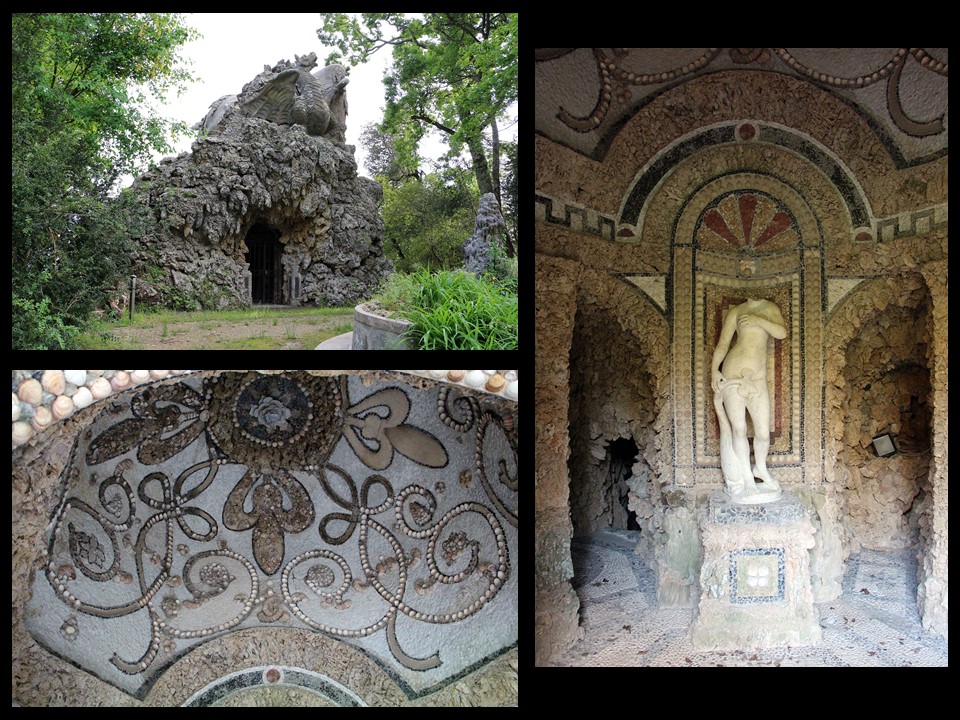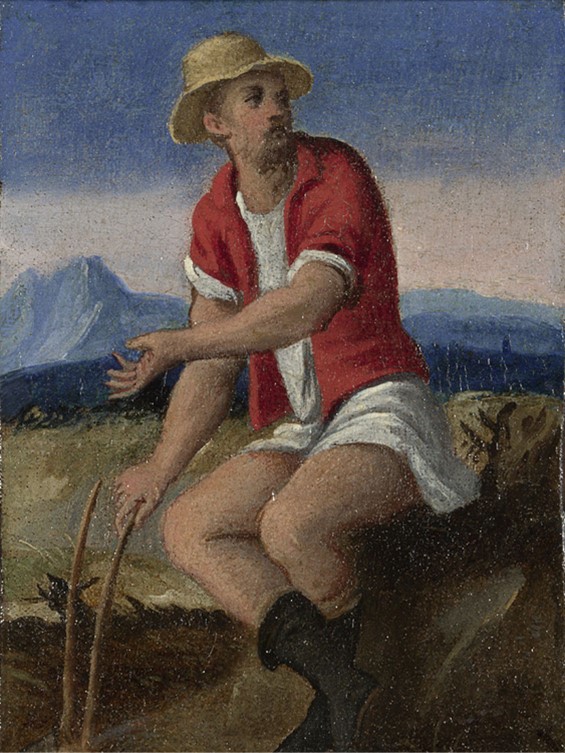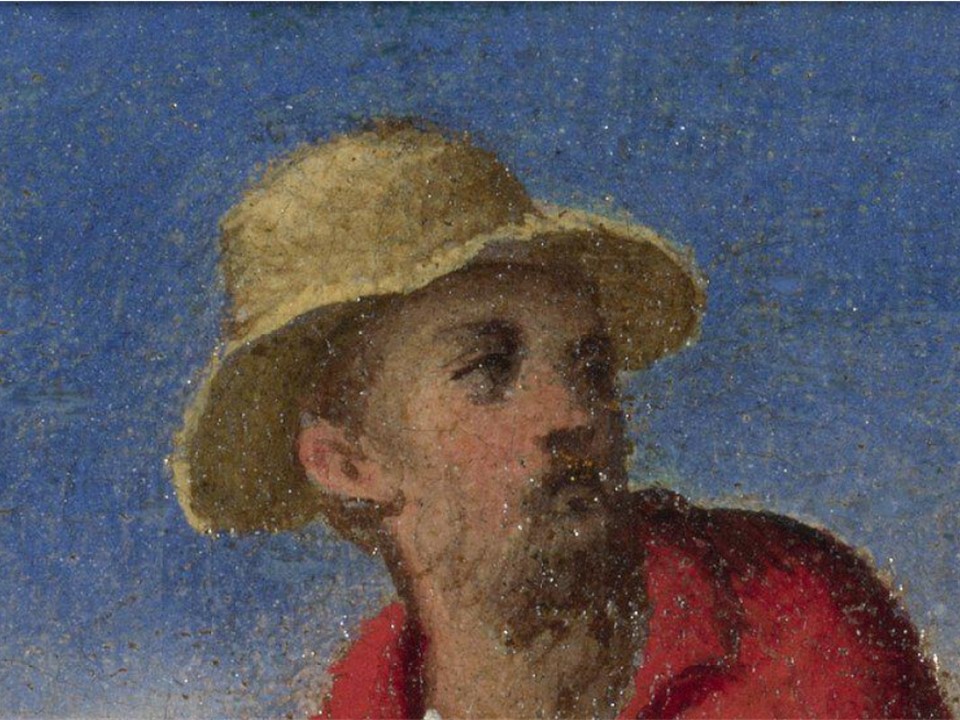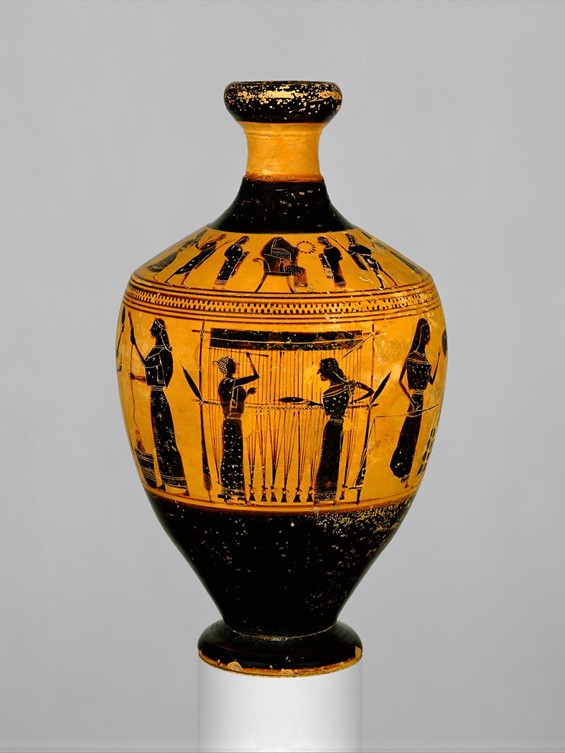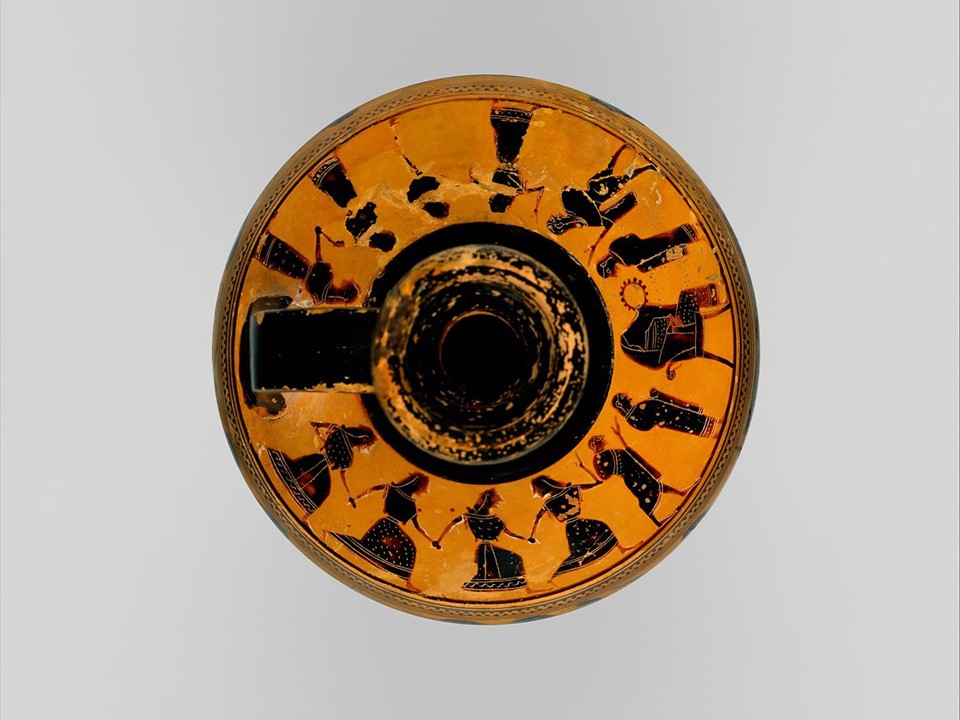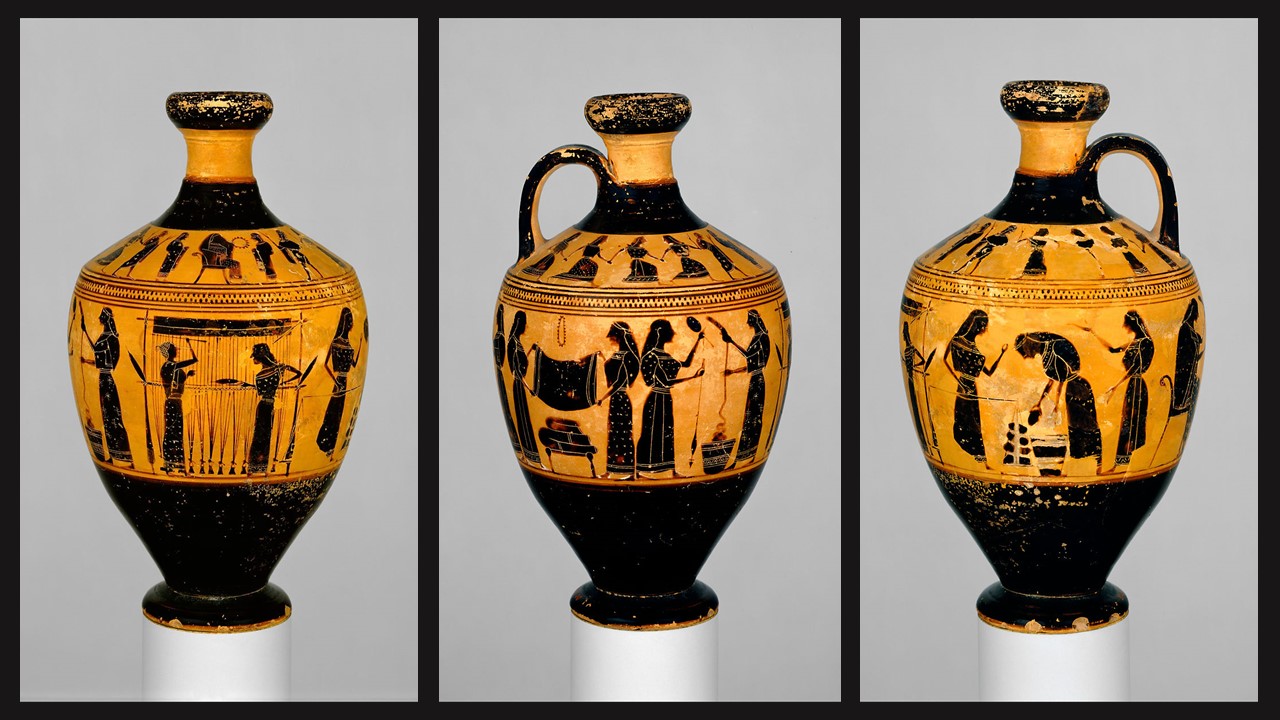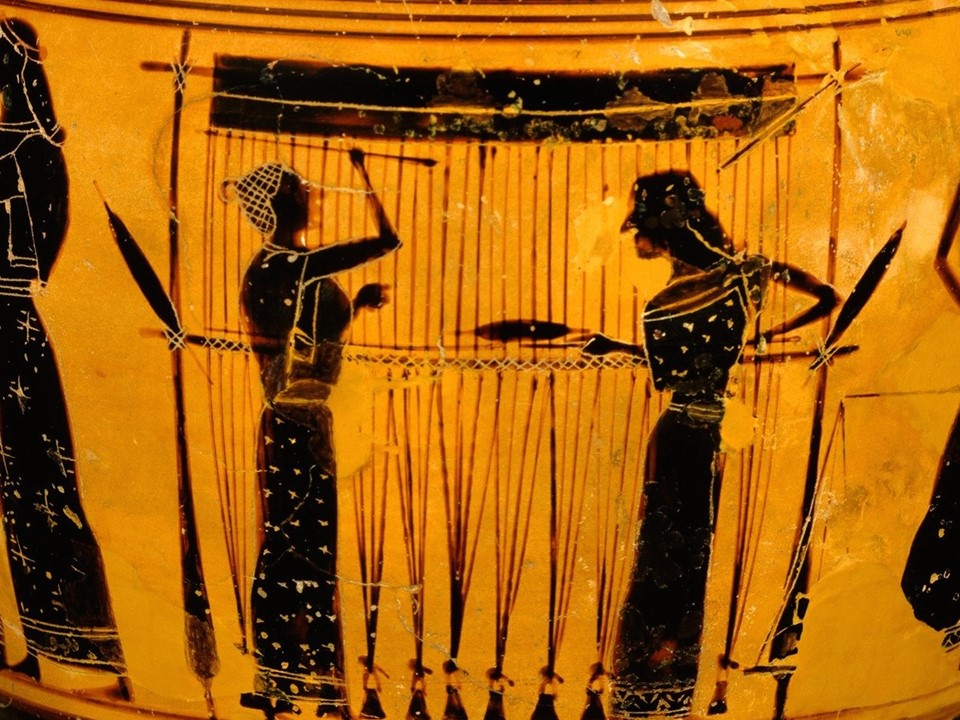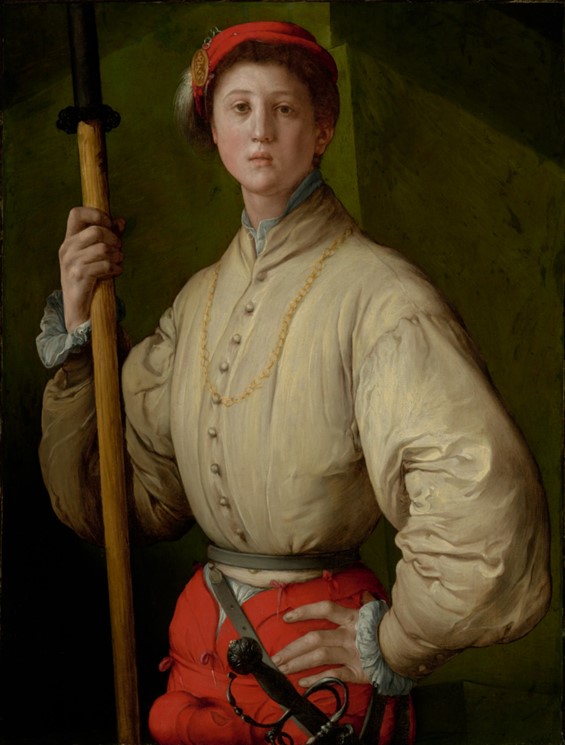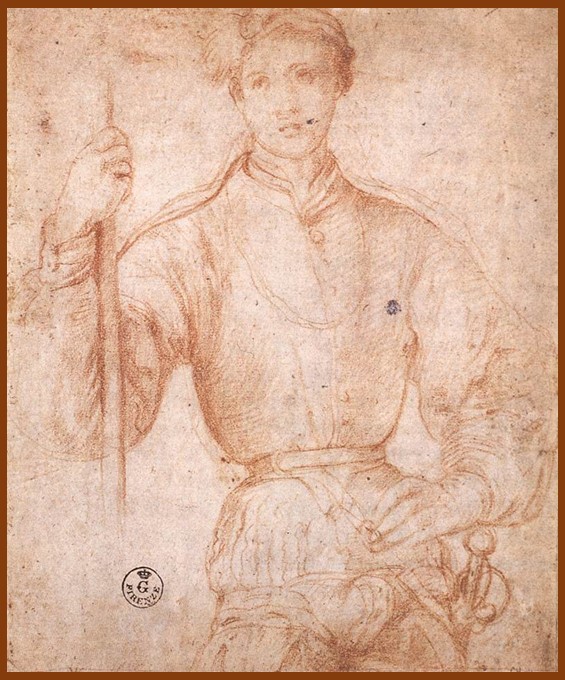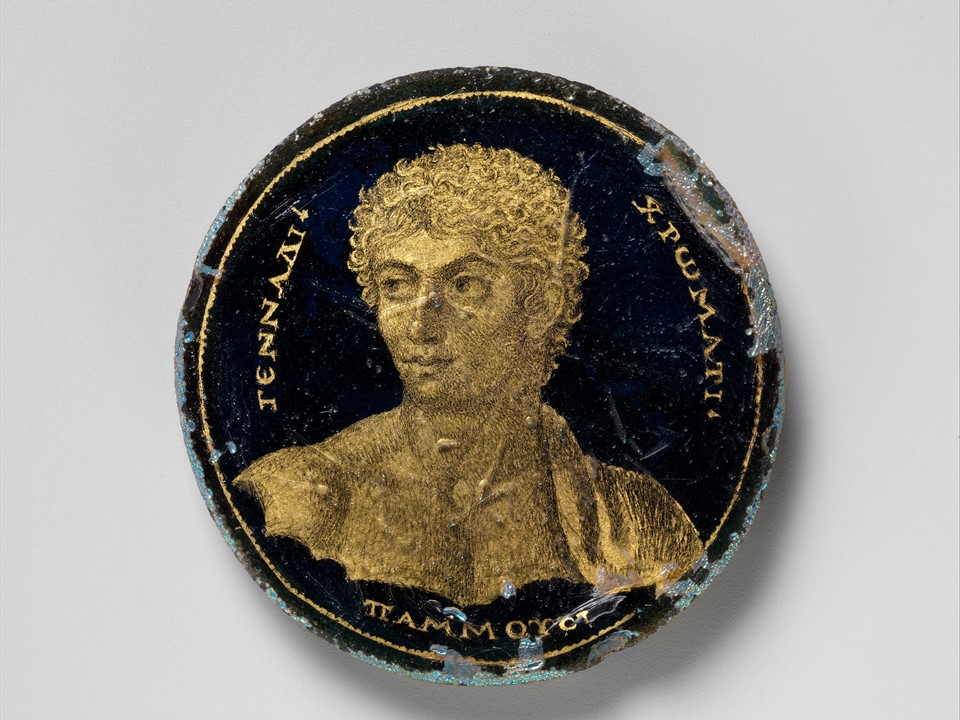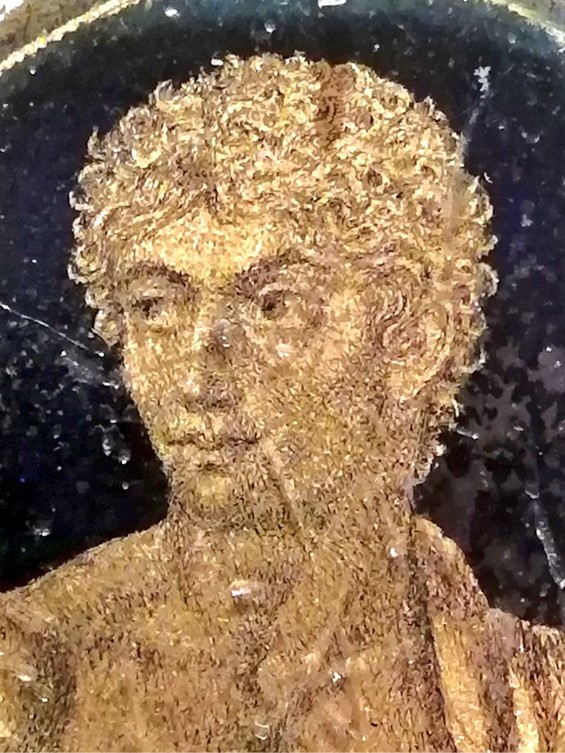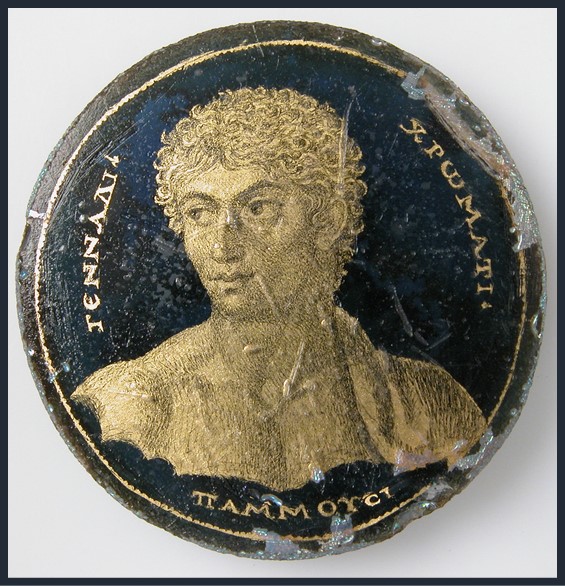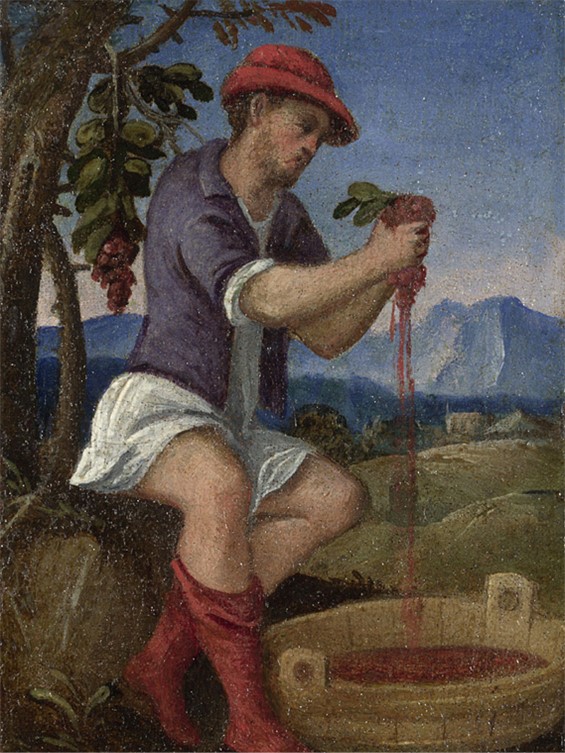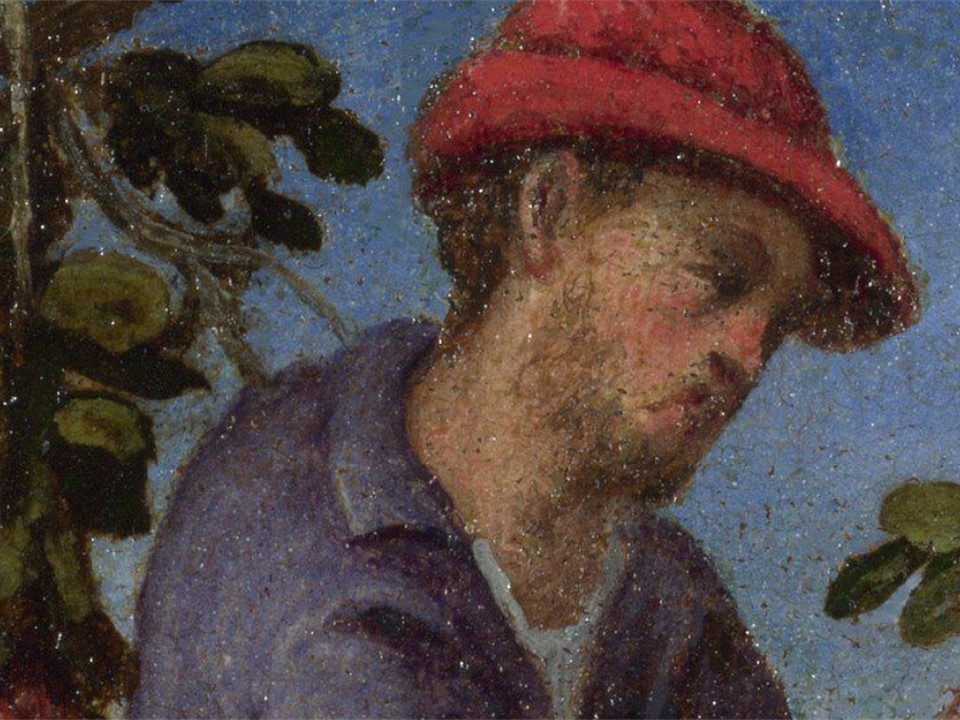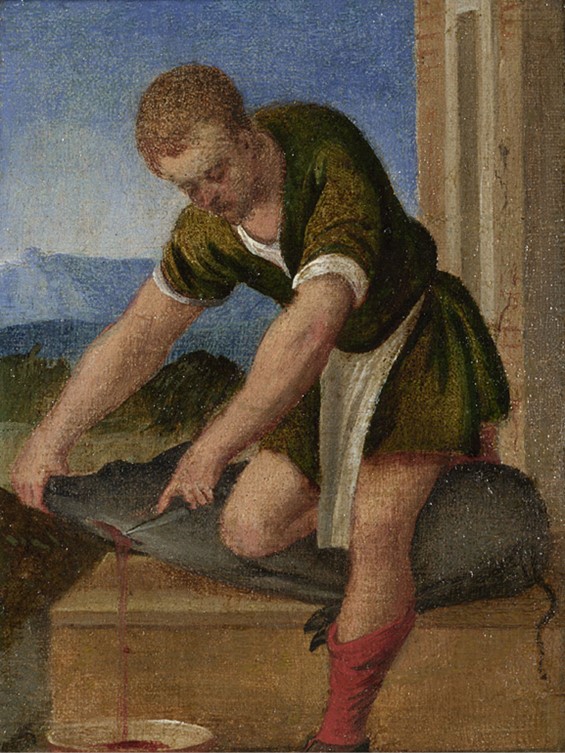
The Labours of the Months: December, about 1580, oil on canvas, 13.6 x 10.6 cm, National Gallery, London
https://www.nationalgallery.org.uk/paintings/italian-venetian-the-labours-of-the-months-january#painting-group-info
Last, for December, houses on the plain, / Ground-floors to live in, logs heaped mountain-high, / And carpets stretched, and newest games to try, / And torches lit, and gifts from man to man / (Your host, a drunkard and a Catalan); / And whole dead pigs, and cunning cooks to ply / Each throat with tit-bits that shall satisfy; / And wine-butts of Saint Galganus’ brave span. / And be your coats well-lined and tightly bound, / And wrap yourselves in cloaks of strength and weight, / With gallant hoods to put your faces through. / And make your game of abject vagabond / Abandoned miserable reprobate / Misers; don’t let them have a chance with you. My new BLOG POST for The Labours of the Months: December starts with a sonnet by Folgore Da San Geminiano (c. 1250-1317), translated by Dante Gabriel Rossetti in his book “Dante and His Circle,” (Roberts Brothers, Boston, 1893). http://www.sonnets.org/folgore.htm
Depicting the Labours of the Months was a popular artistic theme that was frequently used in the decoration of Cathedrals and Churches, Castles and Palaces, Psalters, Breviaries and Books of Hours across Europe during the Medieval and Early Renaissance period. Each month, depicting popular activities of peasants or/and the gentry through the year were sometimes paired with the Signs of the Zodiac circle. They would be either simple and small in size or large and elaborate, crafted in stone, wood, stained glass, painted in murals or often enough, painted in parchment. The Labours of the Months had a role in highlighting authority and privilege, hard work and occasionally, small, everyday pleasures. They are often perceived as a link between the work of man, the seasons of the year and God’s ordering of the Universe. Many great Monuments and Libraries in Europe display fine examples of such artefacts for art lovers to enjoy. http://www.livingfield.co.uk/ages/labours-of-the-months/
Throughout 2021, on the 1st day of every month, I presented you with a small painting, part of a group of twelve, from the National Gallery in London, depicting a young man busy with some kind of a pastoral chore. According to the National Gallery experts… painted on canvas and then glued to a wooden panel these paintings were made to decorate the recessed panels of a pair of doors. The paintings seem to have been planned in pairs with the figures facing each other and …show the ‘labours of the months’ – the rural activities that take place each month throughout the year.” This set of painted Doors combine simplicity in execution and extravagance in visual effect! The paintings, very small in size, about 13.6 x 10.6 cm, were achieved in vivid, bright, luxurious colours, like ultramarine blue for the sky, strong vermilion and red lake for the clothing, with rich greens and yellows in the landscape. The restricted and repeated use of colour gives the group of little pictures a charming, decorative simplicity. All but one of the scenes show a man working outdoors on what appears to be the estate of a large villa, seen in several of the paintings, at the foot of the distant blue mountains. https://www.nationalgallery.org.uk/paintings/italian-venetian-the-labours-of-the-months-january#painting-group-info
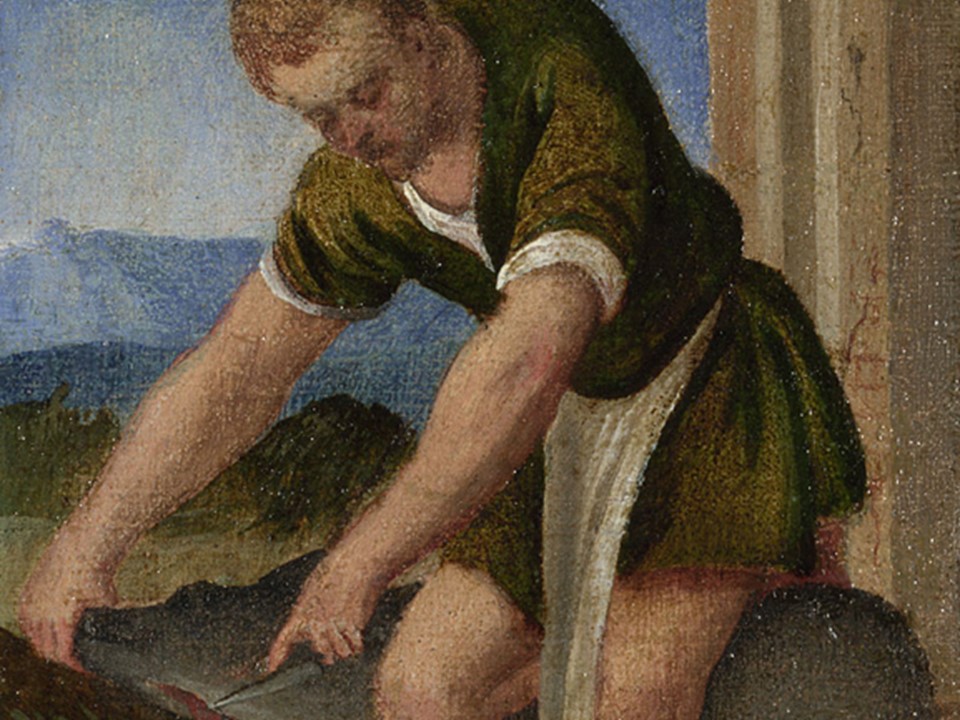
The Labours of the Months: December (detail), about 1580, oil on canvas, 13.6 x 10.6 cm, National Gallery, London
https://www.nationalgallery.org.uk/paintings/italian-venetian-the-labours-of-the-months-january#painting-group-info
The last painting for 2021… a simple brick building to the right, and a bare, uninviting landscape, introduces the viewer to the composition depicting the December Labour of the Month. It shows a popular theme… a slaughterman pinning an animal down with his right knee, holding its snout shut to stop it from struggling, whilst slitting its throat and moving its leg to make its blood flow quickly into the skillet on the ground. December is a month to celebrate the Birth of Christ, and the preparations for the festivities are about to begin!
For a PowerPoint on the Venetian paintings depicting the Labours of the Months, please … Check HERE!
